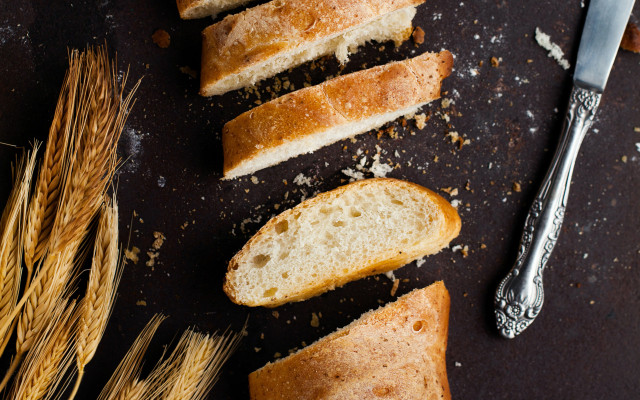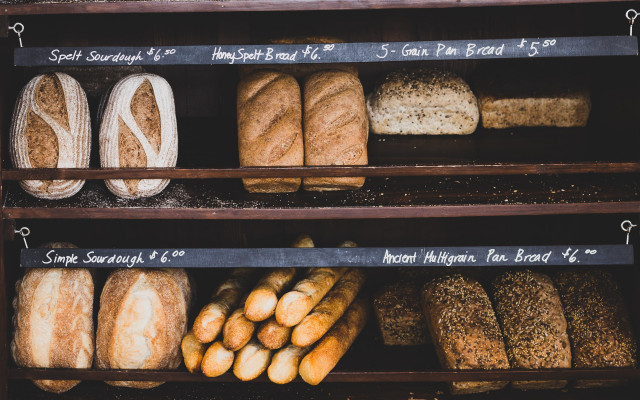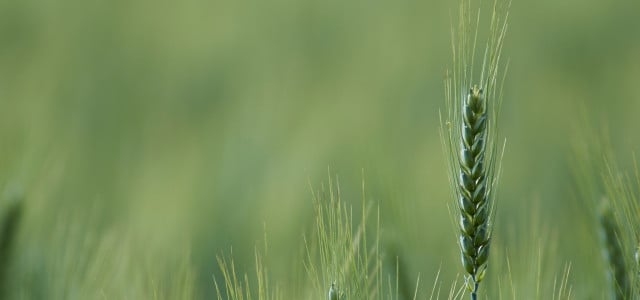Spelt flour comes from an ancient form of wheat. So, contrary to popular opinion, spelt flour isn’t gluten-free. However, there are numerous health and even environmental benefits to eating spelt instead of wheat, or baking with spelt flour yourself. Find out more here!
Spelt is an ancient, less-cultivated form of wheat, and is in fact a close relative of the wheat widely grown by farmers the world over. This means that, although some people think of it as a wheat alternative, spelt flour is not gluten-free.
The common wheat we use to make the vast majority of our bread and many other staple foods has been deliberately bred over the centuries to increase its gluten content. Gluten is what gives bread its chewy, stretchy consistency, by trapping air as the dough rises.

Of course, gluten has become something of a buzzword in recent years, with many people finding it hard to digest. Utopia has a great gluten-free bread recipe here! However, as spelt contains gluten, it is not suitable for people with celiac disease, unfortunately. But for people without this condition, there are lots of other reasons to try spelt flour!
Why Try Spelt Flour? The Benefits of Spelt
Firstly, spelt flour may still be a good alternative if you find wheat hard to digest, but don’t actually suffer from celiac disease. This is because many people find traditional wheat products troublesome due not to the protein gluten, but to carbohydrates called fructans. Spelt is lower in these sugars than bread wheat, and can thus be beneficial for people who know that they react poorly to wheat, or who have to watch the glycemic index of the foods they eat.
However, even for people without these specific dietary requirements, there are a number of good reasons to try spelt flour. The potential health benefits of spelt are manifold: It’s full of important nutrients, more than wheat in many cases. Spelt contains more iron and zinc than traditional wheat, for example. Wholegrain spelt, as with so many other grain products, is even more healthy, because it contains the nutrients and fiber from the entire grain.



Furthermore, spelt is a more sustainable crop than intensively-farmed wheat. It requires less fertilizer than common wheat, and may even be more fertile in poor soils. Spelt wheat is also hardier and requires less pesticide than other grains thanks to its tough outer husk. This makes it easier to grow organically, which is great both for the humans who eat it and for the environment.
So why not give spelt flour a try? It’s healthy, environmentally friendly, and easy to bake with (the tender gluten proteins in spelt actually need less kneading!) To start with, here’s our quick and simple recipe for spelt flour bread that doesn’t take hours to rise. (You can even buy high-quality, organic wholegrain spelt flour on Amazon** – happy baking!)
Important Information regarding Health-related Topics.
** Links to retailers marked with ** or underlined orange are partially partner links: If you buy here, you actively support Utopia.org, because we will receive a small part of the sales proceeds. More info.Do you like this post?






